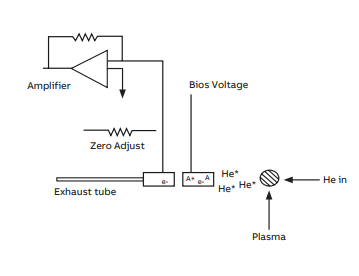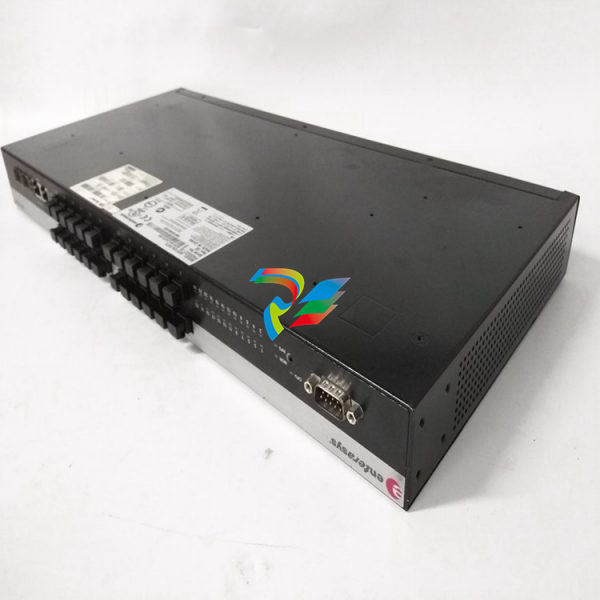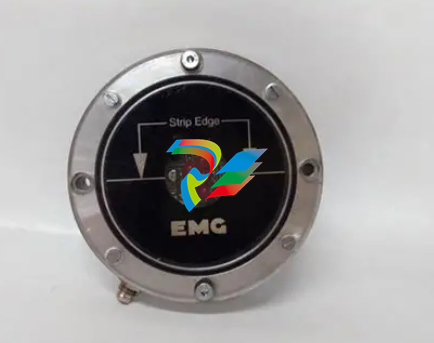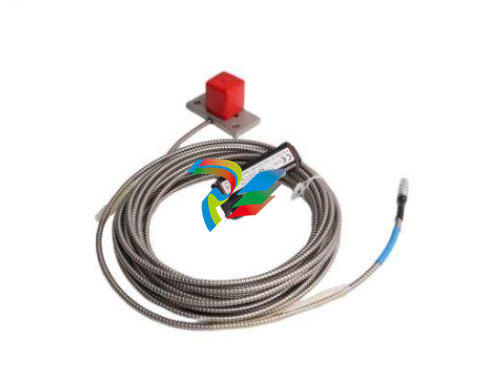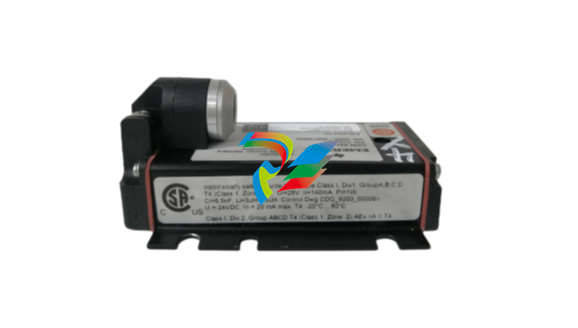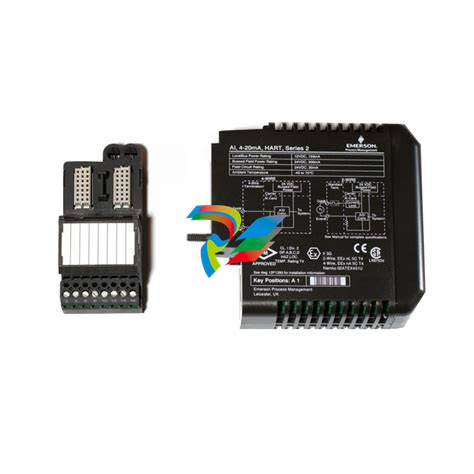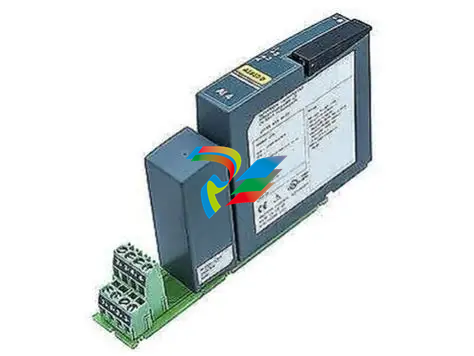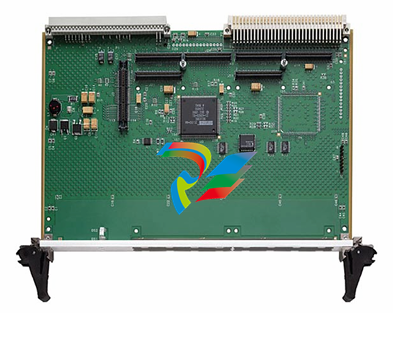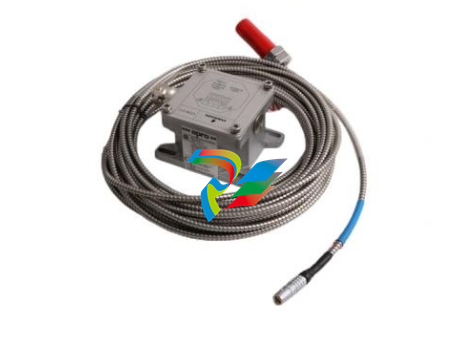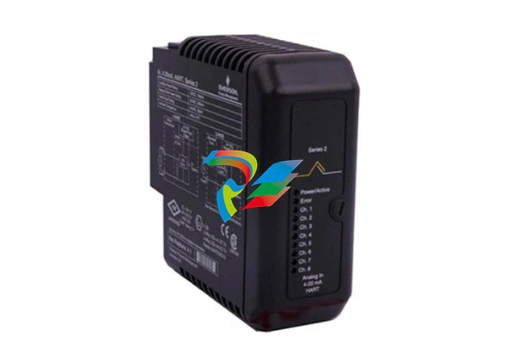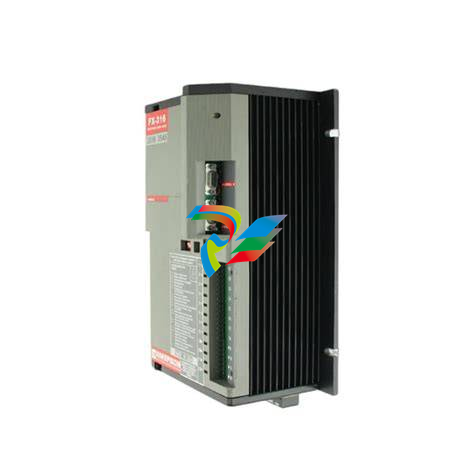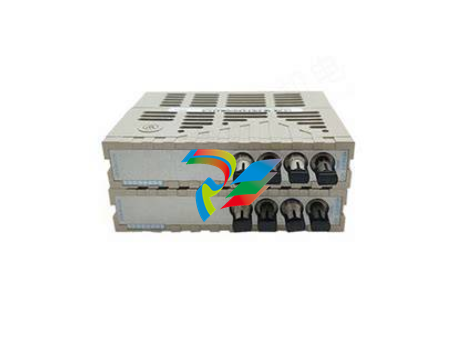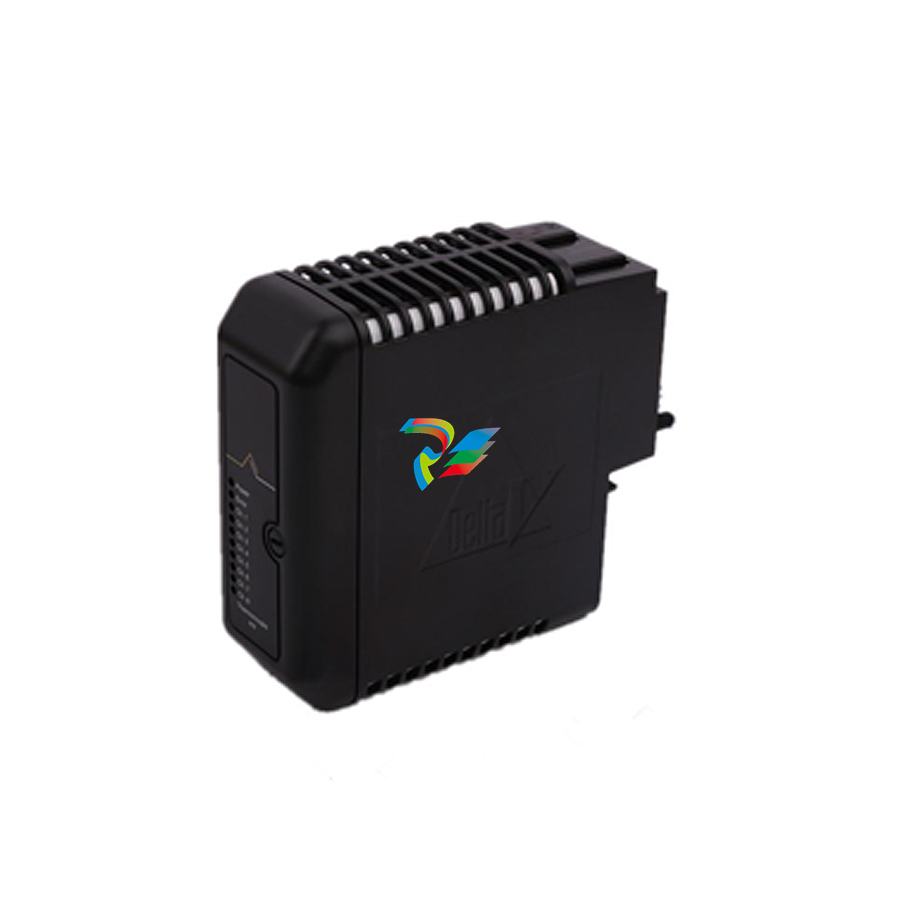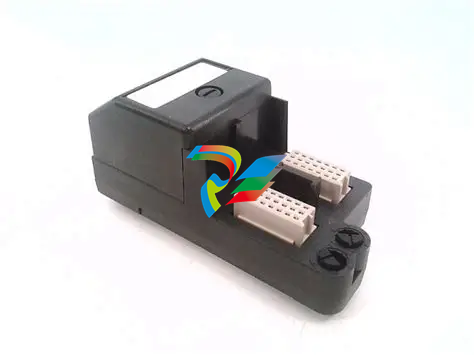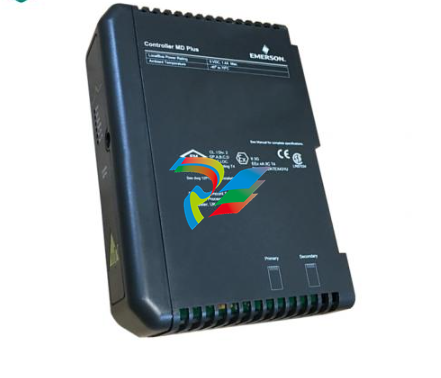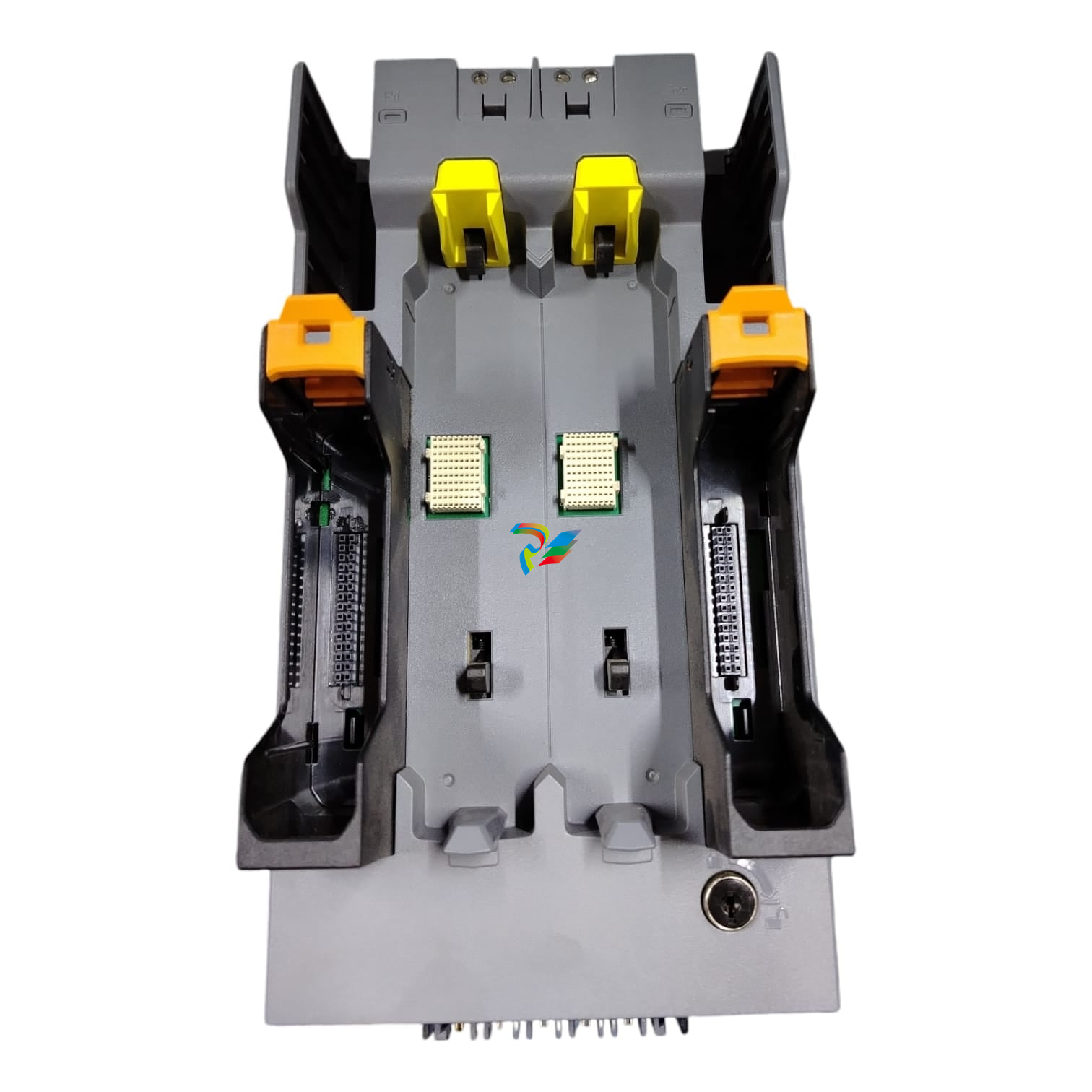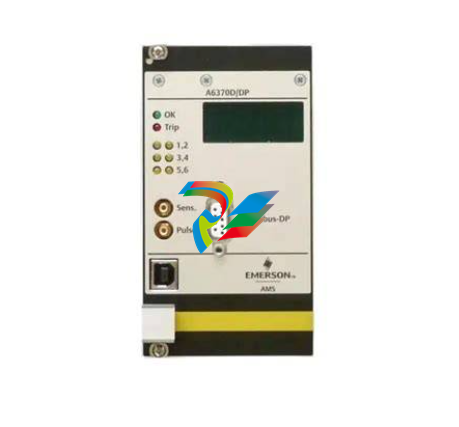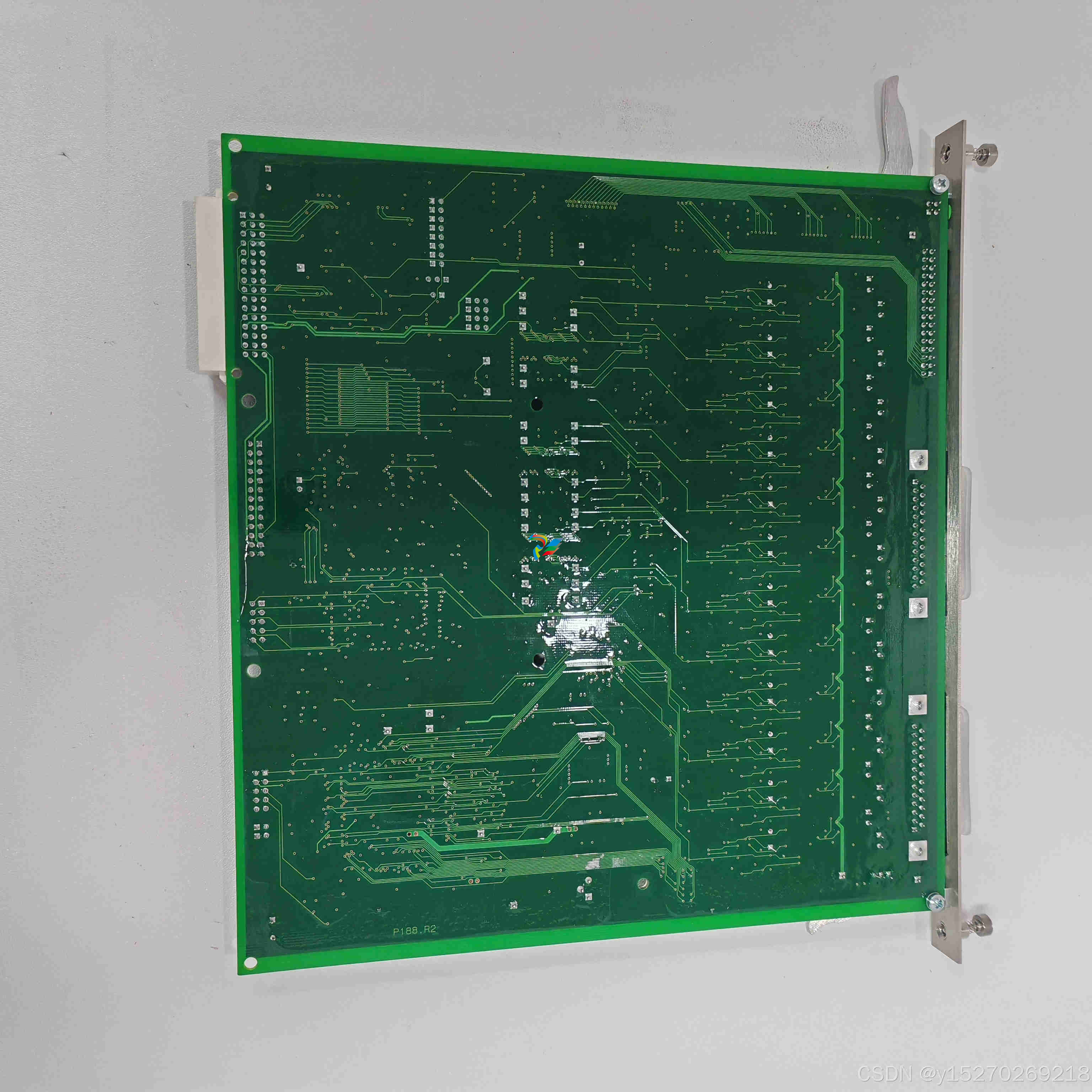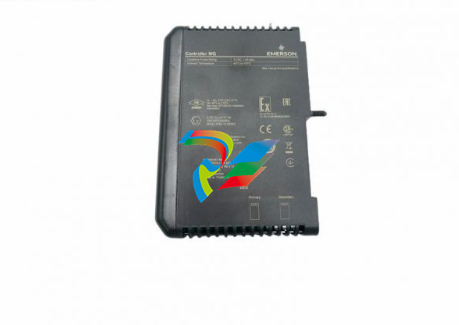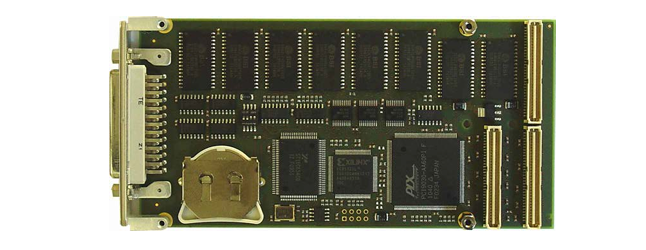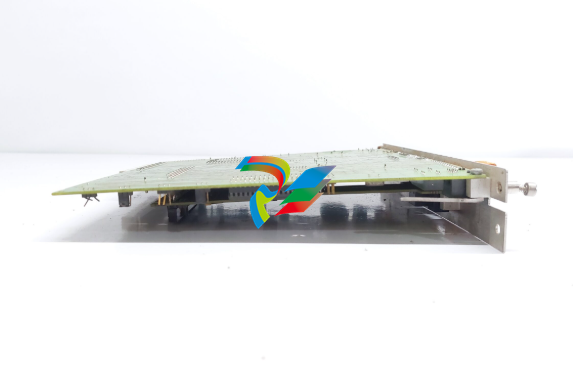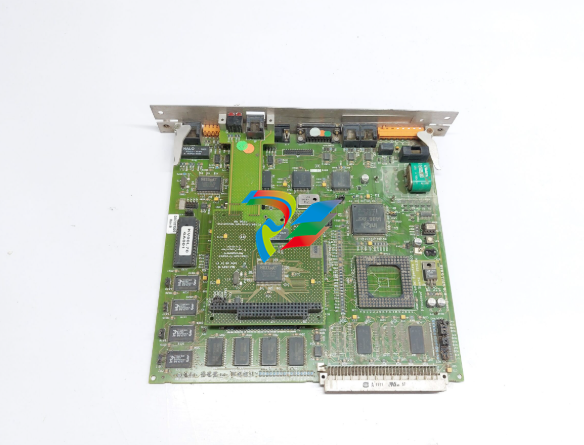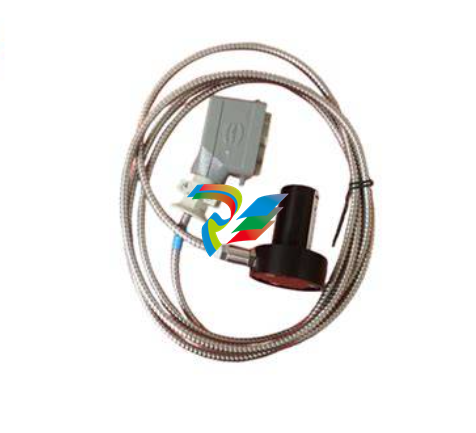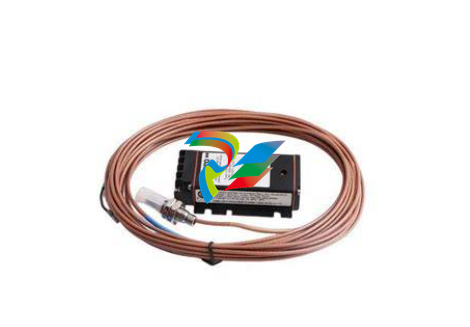
ABBProcess gas chromatographs
New industry applications for ppm and ppb measurements. Measurement made easy — Application Usage The Dielectric Barrier Discharge Ionization Detector (DBDID) is used in ABB analytical process gas chromatographs for parts-per-billion (ppb) and parts-per-million (ppm) measurements of the following:
• Impurities in high purity gases
• Halogenated hydrocarbons
• Impurities in ethylene
• Low levels of BTX
• Arsine and phosgene
• Ammonia
• Nitric oxide — Description A dielectric barrier discharge is a plasma discharge that is obtained using a high voltage alternating current applied to a gas such as Helium or Argon as it flows through a dielectric material such as quartz glass. Two electrodes are arranged within the detector so that when the high voltage is applied to the gas, a breakdown occurs with a subsequent discharge from one electrode to the other. The presence of the dielectric barrier behaves as a capacitor in the localized region of the discharge. The dielectric barrier stores a substantial amount of energy for each discharge which results in the generation of highly excited state molecules and atoms of Helium or Argon which is referred to as the reaction gas. As the sample components elute from the column they are ionized by the reaction gas and a second set of electrodes in the detector measures the current generated from the ionized components. The output is sent to an electrometer where it is amplified.
— Specification Environmental (enclosure) The device is only suitable for use in clean dry areas. Operation temperature range +50 to +150 °C (122 to 302 °F) Installation and mounting Integrated and configured with the PGC2000 and PGC5000 series process gas chromatographs.
— Safety area classification NEC Class I, Division 2 Group B, C, D with Type X-Purge T4, T3, or T2 Conforms to ATEX directive 2004/108/EC Zone 2: CE; II 3G Ex px d [ib] ib IIB+H2 T4, T3, or T2 with Type X-Purge
— Power Voltage Plasma reactor 12V, 1.0A Total power consumption less than 20 Watts. X-Purge timeout 4.6 minutes @ 60 Hz, 5.5 minutes @ 50 Hz Note T-code and protection method are dependent upon application.
— Modes of operation Helium ionization mode In this mode the detector is sensitive to all organic and inorganic volatile components except neon. Operating in this mode, sub parts per million levels of fixed gases can be easily measured. Argon ionization mode In this mode the detector is not sensitive to fixed gases and methane but it is sensitive to a wide range of organic and inorganic volatile components. It is capable of ionizing any component with an ionization potential less than 11.5 eV. This is an excellent detector for compounds such as BTEX compounds
Detector sensitivity Note Sensitivity is a function of the total application design. It depends on the mode of operation and on the ionization potential of the analyte. Sensitivity values are given with 4 to 1 minimum signal to noise ratios. Helium ionization mode Sensitive to fixed gases down to about 0.5 ng on column, using hydrogen as the indicator. Argon ionization mode Sensitive to benzene down to 20 picograms.
— Gas consumption Reaction gas flow Helium mode: 100 ml/min Argon mode: 5-20 ml/min Carrier gas flow Packed columns: 20-60 ml/min per analytical valve — Utility Specification Helium ionization mode Minimum of Grade 5 helium for carrier and reactor gas supplies. Argon ionization mode Minimum of Grade 5 helium, nitrogen, or hydrogen for carrier supply. Minimum of Grade 5 or argon for carrier supply
DBDID High voltage alternating current plasma discharge
• Helium or argon ionization modes
• New industry applications for ppm and ppb measurements
• Impurities in high purity gases • Halogenated hydrocarbons
• Impurities in ethylene
• Low levels of BTX
• Arsine and phosgene
• Ethylene oxide
• Formaldehyde
• Ammonia
